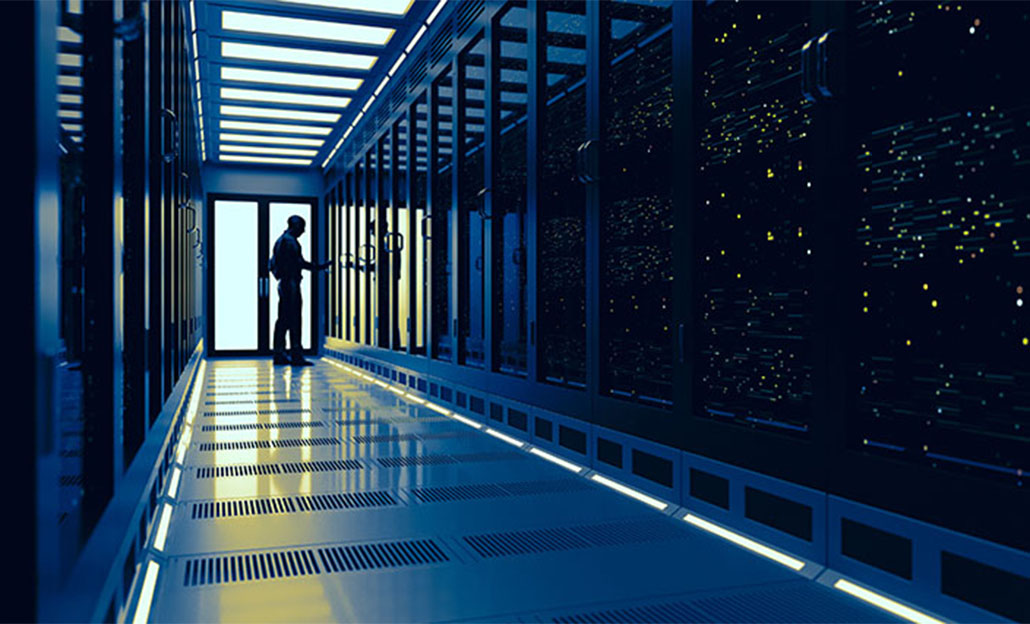Blog / News
- HOME
- About
- Blog / News

by Kelly McClure, Vice President of Global Marketing
In the last two decades, nimble web, cloud, and software companies like Uber, Airbnb, Amazon, Facebook, and Google have quickly spun up products, services, solutions, and apps that have altered multiple market landscapes. In addition, they’ve turned industry giants on their ears or heads. But no amount of agility and innovation could have prepared even the most forward-looking disruptors for what has happened in 2020. The appetite for digital initiatives has never been greater. Social distancing and closed offices change digital transformation tunes from “we’ll get there eventually” to “we need to transform right now.”
This digital urgency is at odds with a common IT ailment: an aging or monolithic mainframe and legacy business applications that are not suited for a cloudy, always-on world. Modernizing this infrastructure might seem insurmountable; however, it is possible to clear this hurdle. In fact, IT modernization can be faster and easier than you think. Let’s explore how.
Think Outside the Black Box
At least 60% of all enterprises are still running their businesses on mainframes and legacy apps written in COBOL, Assembler, and other computer-dinosaur-era programming languages. This has worked for years, but now it’s becoming difficult to stay competitive doing things the old way. The cost of MIPS, infrastructure, operations, and licenses is skyrocketing, and the price for carrying dead and redundant code is high.
At the same time, the popular solutions to IT modernization can be risky and costly. Legacy code is often a black box, so trying to modernize it or implementing a major rewriting project is not likely to yield the desired results—and can bust your IT budget and exhaust your resources. That’s why it’s time to think outside the black box. Rearchitecting is a proven, cost-effective approach to IT modernization that can speed you on your way to digital transformation.
In approximately, 6–12 months, rearchitecting moves your legacy infrastructure as-is to the cloud where it provides services equivalent to those of the mainframe. There are no changes to the underlying business logic or user interface, no negative impact on the enterprise, and no steep learning curve. The process can be accomplished incrementally—and, if necessary, over time—in four steps.
1. Mine the Infrastructure
Rearchitecting is not for the faint of heart or the novice unless you are using a legacy modernization platform with an automated “miner.” With this miner, source code, legacy architecture, and interface points are analyzed without any work on your part. It cross-references elements and identifies missing code, unsupported functions, and dead code. It also reviews your existing tools, utilities, and replacements.
The end product is an analysis of existing tools and architectures and the identification of potential users. With this information, you can see exactly what needs to be done. Your eyes are open as you move forward.
2. Re-platform
In this step, the legacy modernization platform recompiles and migrates mission-critical legacy business applications to the cloud, modernizes the data tier. With native support for COBOL, Assembler, PL/I, Easytrieve, and many more mainframe technologies, it preserves valuable business logic and syntax. This step is low-risk, cost-effective and delivers a modernized computing environment, a modern DBMS, and modern DevOps.
After re-platforming, you can continue taking advantage of functionality not found in commercial packages until you’re ready for the next step. Your mainframe is freed from the burden of running these apps, and they get a new lease on life.
3. Replace
In this step, you eliminate your dependence on the mainframe altogether with a replacement environment. The legacy modernization platform moves your mainframe as-is to the cloud, where it provides services equivalent to those of the mainframe. There are no changes to the underlying business logic or user interface. There is no negative impact on the enterprise, and it requires minimal training.
Replacement delivers a secure, high-performance and flexible environment that dynamically scales based on business demand so that your end users experience maximum service and reliability even during peak processing. You can take full advantage of the flexibility and benefits that an open system/cloud environment can deliver.
4. Rearchitect
In this step, the legacy modernization platform takes your existing mainframe applications and transforms them into a Java microservices architecture. It automatically converts source code, data, security, online/batch processing, and your data tier. The result is a cloud-native technology that ends your reliance on COBOL. You also have an updated UI and a modern DBMS.
The benefits are access to widely supported technology, lower TCO, and rapid deployment of new features and applications. For example, after SC Data Center, Inc., a subsidiary of Colony Brands, rearchitected their mainframe, two of the company’s developers built a basic mobile app for purchasing products over the web in just six hours. Think of all the innovating you can do with a more flexible and scalable cloud environment.
Ready for rearchitecting?
TmaxSoft OpenFrame is a legacy modernization platform that can easily tackle your IT modernization projects. It moves you through the rearchitecting steps at your pace, automating many of processes until you’re completely free of your legacy. To learn more about how OpenFrame can get you on the fast-track to IT modernization, view this “Powerful IT Modernization Strategies” webinar.
About Kelly McClure
Kelly McClure is the Vice President of Global Marketing for TmaxSoft. Her 20-year marketing career spans both Fortune 1000 companies and fast growth technology startups. Kelly is responsible for leading TmaxSoft’s marketing strategy. She is experienced in aligning marketing and sales, building relevant content and messaging and developing integrated lead generation campaigns. Before joining TmaxSoft, Kelly served as the Vice President of Marketing for 10th Magnitude and held senior marketing roles with DataStax, BMC Software and Micro Focus. Kelly has a bachelor’s degree from Purdue University and an MBA from Loyola University Chicago.